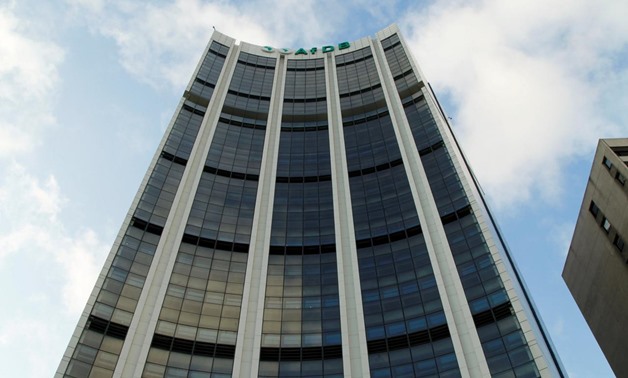The Abidjan, Ivory Coast-based African Development Bank (ADB) has invested about US$3 billion in the public sector in Angola, of which one-third is in projects still underway, and wants to attract the private sector to this source of funding.
In an interview with Lusa news agency, the ADB representative in Angola, Pietro Toigo, revealed that the ADB’s activity in Angola had increased significantly in the last decade, especially in the previous five years, but for now only with public sector projects.
Angola joined the African Development Bank in the 1980s. Since then, the financial institution has invested about US$3 billion (EUR3,066 million at the current exchange rate) in the country, with 53 loans and grants approved.

One-third of this amount is related to 11 projects currently being implemented, emphasizing the energy sector, which absorbs 50% of the total.
The remainder is distributed between agriculture (about 12%), water and sanitation (12%), finance (12%), social (9%), and multi-sector.
The ADB is preparing the following strategy for Angola, covering 2024-2028, and should present the next financing cycle between July and September 2023.
Pietro Toigo explained that the projects’ financing depends on assessing the country’s lending capacity and the dialogue with Angolan institutions.
There is a strategy to be followed, and the priority sectors for the country’s development are to be defined, also taking into account the ADB’s priorities in Africa: industrialization, regional integration, agricultural transformation, improvement of the quality of life, and universal access to electricity.
The projects are developed together with the bank’s experts and then presented before the board of directors, where the financial institution’s 81 shareholders are represented, including 54 African and 27 non-African countries.
The amount of financing is based on the country’s classification (in Angola’s case, a middle-income country) and variable interbank rates, with more favorable conditions applied than in the markets.
“We are a ‘AAA’ bank, and our funding cost is much lower than commercial banks. The loans also have better conditions in terms of the financing term, which in the case of the public sector is 20 to 25 years with grace periods of four to five years,” he pointed out.

